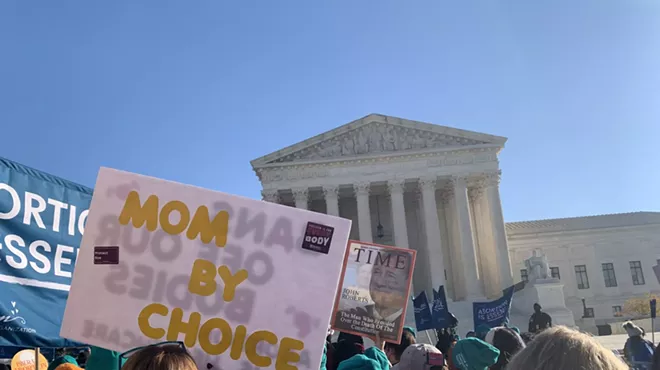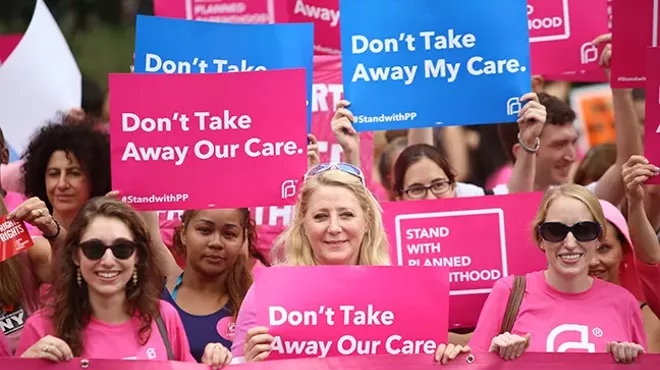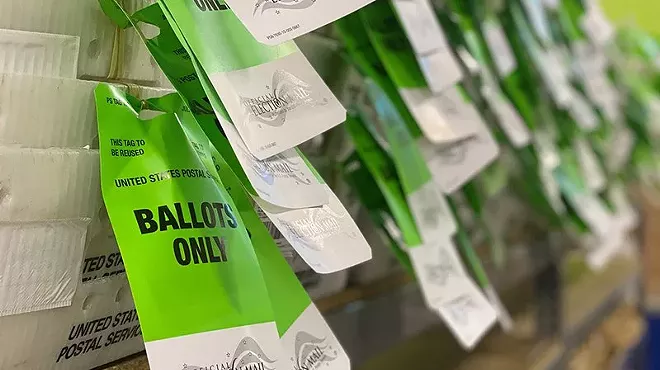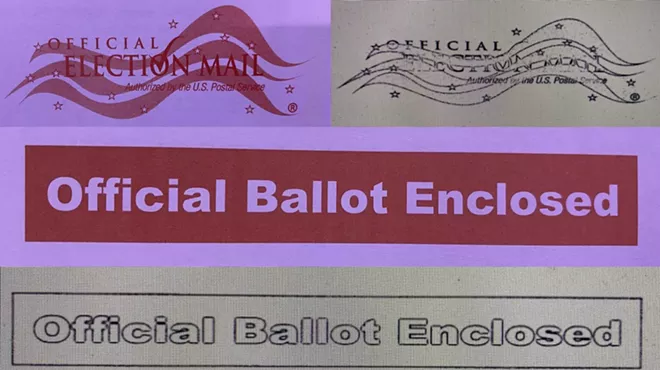Monday, April 18, 2011
While We're Talking Taxes
Earlier today, Gibson excerpted a few graphs from an AP story that shows that the wealthiest people in the United States are paying less than they used to pay in taxes. But the AP conflates that with the fact that the lower end of the economic spectrum escapes income taxes as well:
There are so many breaks that 45 percent of U.S. households will pay no federal income tax for 2010, according to estimates by the Tax Policy Center, a Washington think tank."It's the fact that we are using the tax code both to collect revenue, which is its primary purpose, and to deliver these spending benefits that we run into the situation where so many people are paying no taxes," said Roberton Williams, a senior fellow at the center, which generated the estimate of people who pay no income taxes.
The problem with Williams' quote is that he's suggesting that people are paying "no taxes," which is completely false, but a popular right-wing meme. As David Cay Johnston pointed out in last week TW, people at the bottom of the economic ladder pay plenty in Social Security taxes, Medicare taxes, gas taxes, sales taxes, etc.:
Data from the Tax Foundation shows that in 2008, the average income for the bottom half of taxpayers was $15,300. This year, the first $9,350 of income is exempt from taxes for singles, and $18,700 for married couples, just slightly more than in 2008. That means millions of poor people do not make enough to owe income taxes.I expanded on that point in a companion piece, "Flat Unfair": In Arizona, the people making the least end up paying a much larger percentage of their income in state and local taxes than the highest earners:But they still pay plenty of other taxes, including federal payroll taxes. Between gas taxes, sales taxes, utility taxes and other taxes, no one lives tax-free in America.
When it comes to state and local taxes, the poor bear a heavier burden than the rich in every state except Vermont, the Institute on Taxation and Economic Policy calculated from official data. In Alabama, for example, the burden on the poor is more than twice that of the top 1 percent. The one-fifth of Alabama families making less than $13,000 pay almost 11 percent of their income in state and local taxes, compared with less than 4 percent for those who make $229,000 or more.
In terms of percentages, Arizona happens to have one of the most regressive tax systems in the country, according to a 2009 study by the Institute on Taxation and Economic Policy.Non-elderly Arizona families that earned less than $20,000—which amounts to the bottom 20 percent of earners—paid about 12.5 percent of their income in taxes; the middle 60 percent paid 8.5 percent of their income in state taxes; and top 1 percent paid just 5.6 percent of their total income in taxes. (As you can see from the chart on Page 21, the more money you make, the smaller the percentage of that income that you pay to the state.)
The numbers are a few years old, but Arizona's regressive structure has almost certainly gotten worse since the study was done, given that voters increased the sales tax by a penny per dollar last year. And while taxes have gotten more regressive, programs that benefit the poor and the middle-class have been steadily cut back—so the average Arizonan is now getting fewer services while paying more in taxes.
When you consider all of that, the Star's headline on the AP tax story, "Tax breaks so extensive many pay zip," is utterly misleading and disgraceful.
Tags: Income taxes , half of Americans don't pay taxes , tax myths , sales taxes











